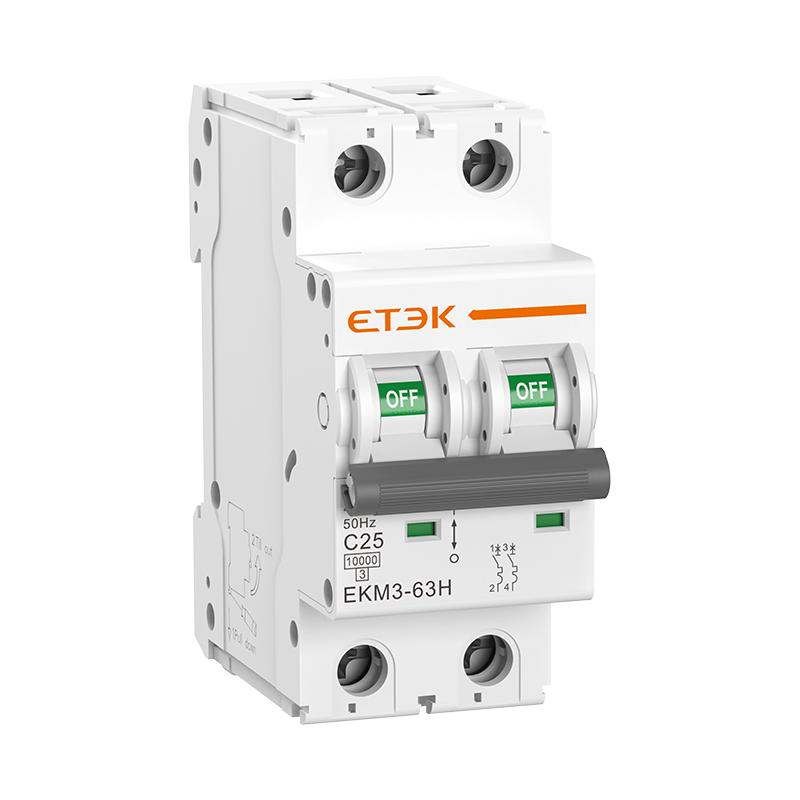What is combiner box in PV Solar System?

Photovoltaics (PV) can be defined as the conversion of light into electricity. This is achieved through semiconducting materials that exhibit a photovoltaic effect. A photovoltaic array, which is also known as a solar array, is a linked collection of solar modules.
How does a solar combiner box work?
In order to generate enough power to adequately meet the needs of a home or business, these modules must be linked together in order to form an array.
In a large solar photovoltaic array, multiple solar modules are connected in a string. This excels the voltage levels to make them ideal for the inverter. Several strings of solar modules are then combined together. This multiplies the string output currents to greater levels for input into the inverter.
Solar photovoltaic array combiners (solar panel combiner boxes, or DC combiner box, PV combiner box) are frequently used to connect several solar panels (or strings of panels) to a single bus. They’re essentially junction boxes that are specifically designed for the wiring types seen in PV systems.
What does a solar combiner box do?
The combiner box's function is to combine the output of multiple solar strings. The output of the fused inputs is merged onto a single wire that connects the box to the inverter, and each string conductor lands on a fuse terminal.
It's similar to a junction box, which is an electrical enclosure that securely connects several wires and cables via different entrance points. For connection to the inverter, a solar combiner box combines the output of multiple strings of PV modules.
A solar combiner box includes string monitoring hardware, surge protecting devices, and DC disconnects or DC circuit breakers to provide short circuit fault protection and lightning protection. It makes your solar panel system connection easier.
Common components in solar combiner boxes
1. PV Fuse
Generally, refers to the combination of fuse holder and fuse core, like circuit breakers, disconnect the appropriate circuit in the event of an over-current or short circuit emergency. They are generally used as input terminals of photovoltaic circuits. If the fuse link burns through or blows when the fuse’s rating is exceeded, then replaced as needed.
2. DC Switch
In the Solar combiner box, DC circuit breakers or DC disconnect switches are always used to disconnect or isolate a circuit manually, or it can be used to automatically open and disconnect a circuit in the event of a short circuit or a surge in current. They are often used as the output of photovoltaic circuits.
3. DC Surge Protective Device
Surge protection is a small part of an overall PV installation, but it’s a part that can’t be ignored. DC Surge protection devices (SPDs) protect sensitive electrical equipment within the PV system from overvoltage that can lead to reduced life expectancy and sometimes failure.
4. Busbar
A busbar is a multi-connection point conductive metal strip or rail. This enables you to integrate numerous incoming wires into a single component. The outgoing wire is likewise connected to the busbar, ensuring that the incoming and outgoing parts are connected. The most typical use of busbars is to combine the incoming negative or ground leads from solar panels.
5. A terminal strip
It is similar to a busbar, although it is usually constructed of ABS composite instead of metal.
6. PV Connectors
PV connectors are used in solar power applications to connect solar panels together in arrays. The most common type of solar connector is the MC4 connector. Of course, PG Cable Glands are also used on solar combiner boxes.
7. Enclosure
The physical box in which the combiner components are installed is the enclosure. The box is usually made of PV or ABS material, has an IP65 design, waterproof, anti-dust and anti-ultraviolet.
Where should a solar combiner box be mounted?
The combiner box should reside between the solar modules and inverter.
Generally, the solar combiner box to be mounted on a north-facing wall where shade is available. This helps to limit the amount of direct sunlight it endures. This can improve both the effectiveness and lifespan of the components in the box.
As well, by allowing more room to work during installation and maintenance, larger enclosures make field wiring much easier.
Conclusion
The PV combiner box is an indispensable and important part of the photovoltaic solar power generation system. It integrates some DC components, which can provide effective protection for the solar DC side, and at the same time make the connection of the solar panel system easier, which greatly reduces the installation time and cost.
ETEK Electric provides a variety of options for you, click combiner box to view more information, or contact us at market@etek-china.com.





.jpg)





